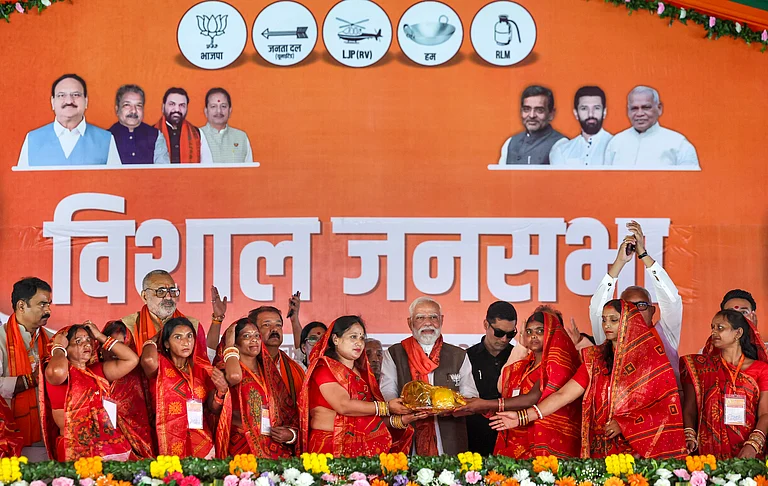As devotees prepare for Chhath Puja, which will be celebrated from Saturday, October 25th to Tuesday, October 28th, 2025, the focus turns to the sacred offerings, or prasad. In this revered festival of Bihar, Jharkhand, and eastern Uttar Pradesh, the prasad is the heart of the celebration, not just food, but a story of purity, faith, and cultural heritage.
Thekua: The Quintessential Offering

No Chhath Puja is complete without Thekua. This sweet, crunchy treat is the most recognisable prasad of the festival. Made with whole wheat flour, jaggery, and ghee, and often flavoured with cardamom or grated coconut, Thekua is shaped into small discs and deep-fried till golden brown.
Beyond its taste, Thekua symbolises devotion and simplicity. Its long shelf life makes it easy to carry and share, reflecting the festival’s spirit of community bonding. For many families, the preparation of Thekua is also a collective ritual, where women and children come together in the kitchen, adding warmth to the devotion.
Kaddu Bhaat

The first day of Chhath Puja, known as Nahay Khay, begins with a humble yet spiritually significant meal Kaddu Bhaat. This dish is made of pumpkin curry paired with plain rice. Cooked with fresh ingredients and mild spices, it symbolises purity and cleansing before the fasting period begins.
Families prepare it with care, and it is often the last full meal before devotees observe their fast. The simplicity of Kaddu Bhaat reflects the festival’s essence: devotion through discipline and purity.
Kasar

Another traditional prasad of Chhath Puja is Kasar, made with roasted rice flour and jaggery. The mixture is rolled into small, sweet balls by hand. Kasar, though simple, carries a deep meaning, it represents the joy of sharing and the beauty of humble offerings. These sweets are distributed among family and neighbours, strengthening bonds in the community.
Seasonal Fruits

Seasonal fruits play a big role in Chhath offerings. Bananas, sugarcane, coconuts, and other fruits available in autumn are placed in beautifully decorated baskets. These are offered to the Sun God and Chhathi Maiya during evening and morning rituals. The fresh produce signifies gratitude for nature’s abundance and the hope for a good harvest.
Complete Chhath Prasad & Samagri List
For devotees preparing their offerings, here is a checklist of essential items for the soop (bamboo basket):
Core Prasad:
Thekua: The main sweet offering.
Kasar: Small sweet balls made of rice flour and jaggery.
Kheer: Often part of the Kharna meal.
Kaddu Bhaat: For the Nahay Khay ritual.
Essential Fruits & Vegetables:
Sugarcane Stalks: Must-have for the puja setup.
A Large Bunch of Green Bananas: A key offering.
Coconuts: Symbolizing purity.
Pomelo (Daabh Nimbu): A large citrus fruit.
Turmeric and Ginger Plants: Offered with their leaves.
Radish (Mooli)
Other Puja Items:
Soop & Dauria: Bamboo baskets of different sizes.
Diyas: Earthen lamps.
Incense Sticks (Agarbatti)
Vermilion (Sindoor)
More Than Food: A Spiritual Connection
What makes Chhath prasad special is that it is prepared with absolute purity. Every utensil is washed thoroughly, ingredients are natural, and no packaged items are used. The process itself becomes a form of worship, with each dish carrying the essence of simplicity, devotion, and gratitude.
For devotees, these offerings are not just food items but sacred connections between themselves, nature, and the divine. Sharing them with family, friends, and neighbours keeps the sense of community alive and passes down traditions from one generation to the next.



























